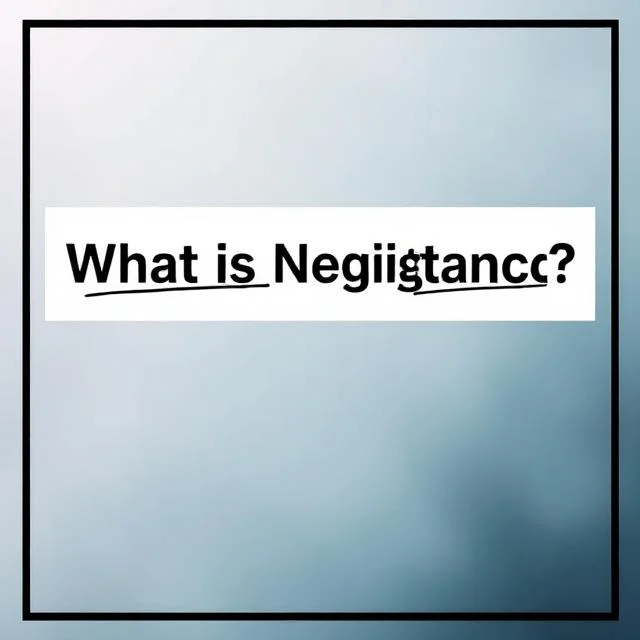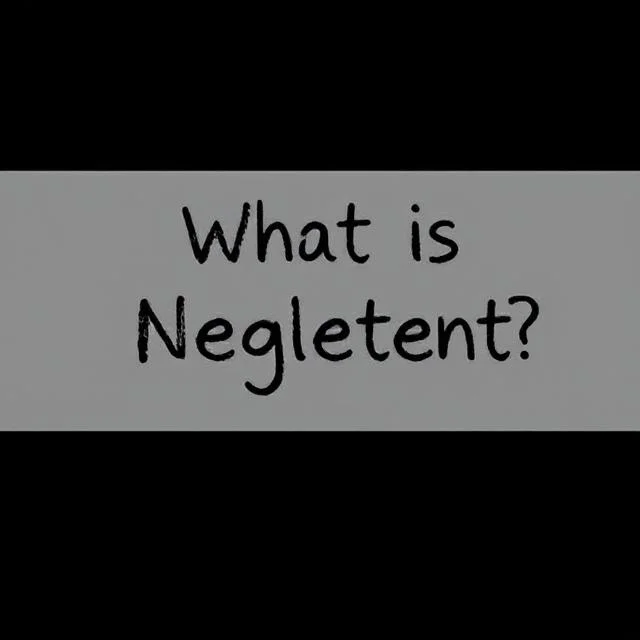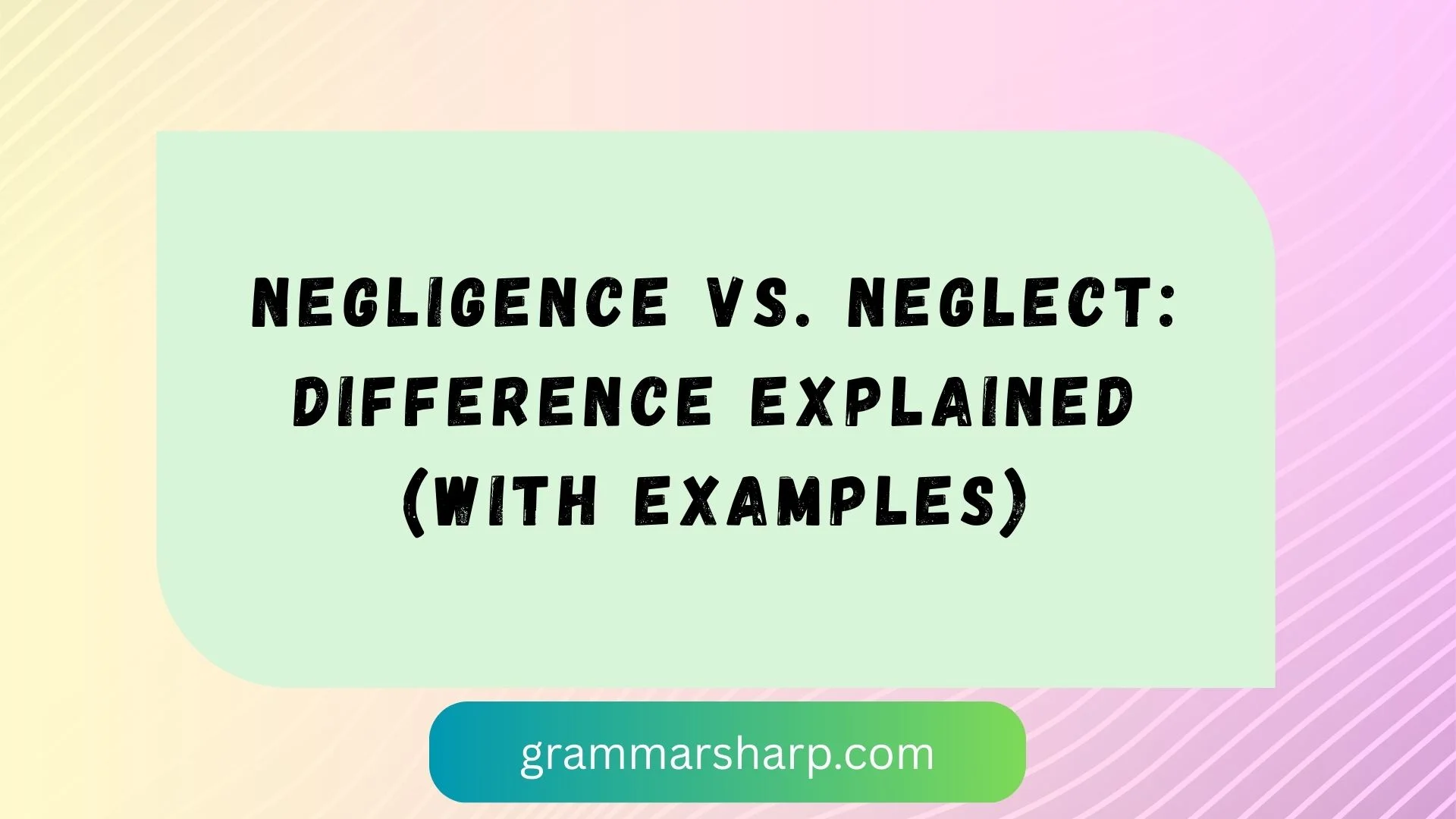Language often carries subtle distinctions that make a big difference in meaning. Two words that people frequently confuse are negligence and neglect. On the surface, they seem interchangeable—both describe a failure to act responsibly. But when you dig deeper, these terms have distinct applications in law, caregiving, and everyday life.
For instance, you might hear about medical negligence in a courtroom setting, while news headlines about child protection often mention neglect. At first glance, they feel like the same thing. Yet the way these terms are applied can change the outcome of legal cases, caregiving responsibilities, and even moral judgments.
Understanding the difference matters because words shape how society defines accountability. If you’re ever faced with a situation involving responsibility, whether at work, at home, or in court, knowing how these terms differ helps you navigate it with clarity.
This article takes you beyond dictionary definitions. You’ll see real-world examples, legal perspectives, and clear comparisons to help you confidently use these terms. We’ll also explore the overlap between negligence and neglect, common misunderstandings, and practical tips to avoid both in daily life.
By the end, you’ll understand not just what they mean, but why the difference matters in real-world scenarios—from avoiding lawsuits to protecting loved ones.
Negligence vs. Neglect: Quick Answer
Here’s a straightforward explanation you can take with you:
- Negligence is a legal term that refers to a person’s failure to exercise reasonable care, often resulting in harm or damage.
- Neglect is the failure to provide proper care or attention, usually in personal, caregiving, or responsibility-based contexts.
Think of negligence as something you might hear in court, while neglect is something you’d hear in family or caregiving discussions.
| Aspect | Negligence | Neglect |
| Context | Legal, professional, safety-related | Personal, caregiving, family, workplace |
| Definition | Failure to use reasonable care | Failure to provide care or attention |
| Consequences | Lawsuits, liability, compensation | Harm, abandonment, emotional/physical damage |
| Examples | Doctor missing a diagnosis | Parent failing to feed a child |
What Is Negligence?

Negligence has deep roots in tort law, which deals with civil wrongs and compensation for harm caused. At its core, negligence is about failing to act with the level of care that a reasonable person would in a similar situation.
Key Elements of Negligence (The “Four Ds”)
For negligence to be proven in court, four main elements—often called the Four Ds—must be present
- Duty: The defendant had a legal duty of care toward the plaintiff.
- Dereliction: The duty was breached through careless action or inaction.
- Direct Cause: The breach directly caused harm.
- Damages: The plaintiff suffered actual harm (physical, financial, or emotional).
Examples of Negligence in Daily Life
- Medical negligence: A surgeon leaving a sponge inside a patient after surgery.
- Car accident negligence: A driver texting and hitting another car.
- Workplace negligence: An employer failing to provide protective gear for employees.
- Retail negligence: A store ignoring a wet floor that causes a customer to slip.
Negligence doesn’t always involve bad intentions—it’s about failing to act responsibly in a way that causes harm.
What Is Neglect?

Neglect has broader, more personal applications. It refers to withholding necessary care, support, or attention, especially when someone depends on you. Unlike negligence, which is largely legal, neglect is often used in social services, caregiving, and family dynamics.
Types of Neglect
- Child neglect: Failing to provide food, shelter, education, or supervision.
- Elder neglect: Ignoring the medical, emotional, or physical needs of elderly individuals.
- Self-neglect: When a person fails to care for their own basic needs.
- Workplace neglect: An employer overlooking employee welfare or failing to maintain safe conditions.
Examples of Neglect
- A parent leaving young children home alone without supervision.
- A caregiver ignoring a senior’s medical prescriptions.
- A pet owner not feeding their dog or failing to take it to the vet.
- An employee neglecting duties, leading to workplace accidents.
Neglect can stem from indifference, ignorance, or inability. Unlike negligence, which is defined by legal responsibility, neglect often speaks to moral and ethical responsibility.
Key Differences Between Negligence and Neglect
Although they sound similar, the differences are clear when broken down.
| Factor | Negligence | Neglect |
| Focus | Legal responsibility | Moral and caregiving responsibility |
| Intent | Carelessness without intent to harm | Ongoing disregard or failure of care |
| Consequences | Legal action, financial liability | Harm to dependents, broken trust, emotional or physical damage |
| Example | Doctor failing to diagnose a disease | Parent failing to provide proper meals |
In Simple Terms:
- Negligence = failing in a duty of care that leads to legal consequences.
- Neglect = failing to provide necessary care, often tied to personal or caregiving settings.
Overlap Between Negligence and Neglect
Sometimes, neglect can become negligence—especially in legal contexts. For example:
- A nursing home that neglects patients by not providing food or hygiene could face lawsuits for negligence.
- A school that ignores signs of child neglect at home may be accused of negligence for failing to report it.
These overlaps show that while the words are distinct, their consequences often intertwine.
Legal Perspective
From a legal standpoint, the two terms carry distinct weight:
- Negligence in law: Typically arises in civil lawsuits such as personal injury, malpractice, or workplace safety cases. It focuses on whether someone failed to exercise reasonable care.
- Neglect in law: Commonly appears in family law, child protection cases, and elder law. Authorities may remove children from homes or revoke guardianship rights when neglect is proven.
Example
- A hospital being sued for medical negligence after a misdiagnosis.
- Parents losing custody of children due to child neglect.
Common Misunderstandings
People often blur the lines between negligence and neglect because both involve responsibility and harm. Some examples of confusion include:
- Saying a parent was “negligent” when the correct term is “neglectful.”
- Using “neglected duties” in the workplace, which sounds similar to legal negligence but refers to failing job responsibilities.
- Media headlines mixing terms, leading to public misconceptions.
Real-Life Examples and Case Studies
Case Study 1: Medical Negligence
In 2018, a UK hospital paid millions in compensation after a baby suffered brain damage during birth due to staff errors. The legal claim was based on medical negligence, as the hospital failed in its duty of care.
Case Study 2: Child Neglect
In the US, child protective services remove over 600,000 children annually from homes due to neglect-related cases (source). This shows how neglect plays a central role in safeguarding children.
Case Study 3: Elder Neglect
A Florida nursing home faced charges after several residents died from heat exposure during a hurricane power outage. Authorities determined it was neglect and possibly negligence in failing to provide adequate backup systems.
How to Avoid Negligence and Neglect in Daily Life
Personal Tips
- Be attentive: Small oversights can have big consequences.
- Set reminders: For medical appointments, feeding pets, or caregiving tasks.
- Ask for help: Don’t let overwhelm lead to neglect.
Professional Tips
- Follow safety regulations at work.
- Document caregiving routines in health facilities.
- Provide training for employees handling safety-sensitive roles.
Being proactive prevents both negligence and neglect, whether at home or at work.
Negligence vs. Neglect: Summary Table
Here’s a quick recap in one glance:
| Aspect | Negligence | Neglect |
| Definition | Failure to use reasonable care, often legal | Failure to provide care or attention |
| Context | Courtrooms, workplaces, professional settings | Families, caregiving, social services |
| Outcome | Lawsuits, compensation, liability | Harm, abuse, custody loss |
| Example | Doctor misdiagnosis | Parent not feeding a child |
FAQs
Is neglect always intentional?
No. Sometimes it happens because of inability, lack of awareness, or stress.
Can neglect be considered negligence in court?
Yes. If neglect causes harm and falls under a legal duty of care, it can qualify as negligence.
Which is worse: neglect or negligence?
It depends. Negligence usually carries legal consequences, while neglect often results in personal harm.
Can self-neglect lead to legal issues?
Yes. If someone’s self-neglect poses risks to public safety, legal intervention may occur.
Do laws treat negligence and neglect differently?
Yes. Negligence belongs to civil law, while neglect often falls under family or protective laws.
Conclusion
Negligence and neglect may look alike, but their impact differs sharply. Negligence centers on legal responsibility and failing in a duty of care. Neglect focuses on personal or caregiving failures, often involving children, the elderly, or vulnerable individuals.
Both can cause harm, and in some cases, overlap. The best way to avoid them is to stay attentive, act responsibly, and never ignore duties—whether in court, at work, or at home.
Understanding the difference doesn’t just sharpen your vocabulary. It also helps you navigate legal, personal, and professional responsibilities with confidence.

